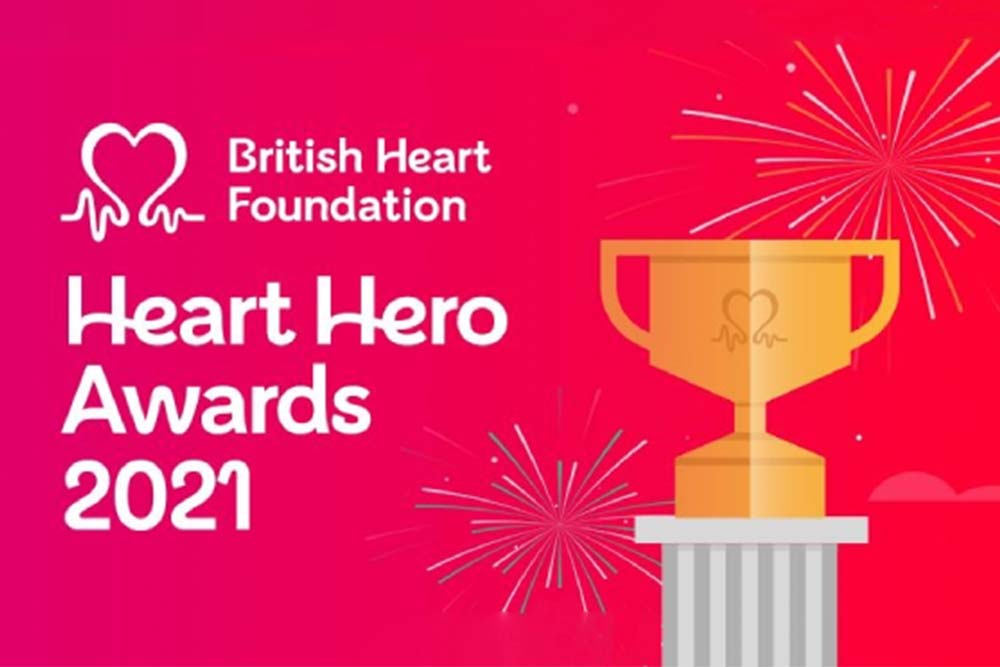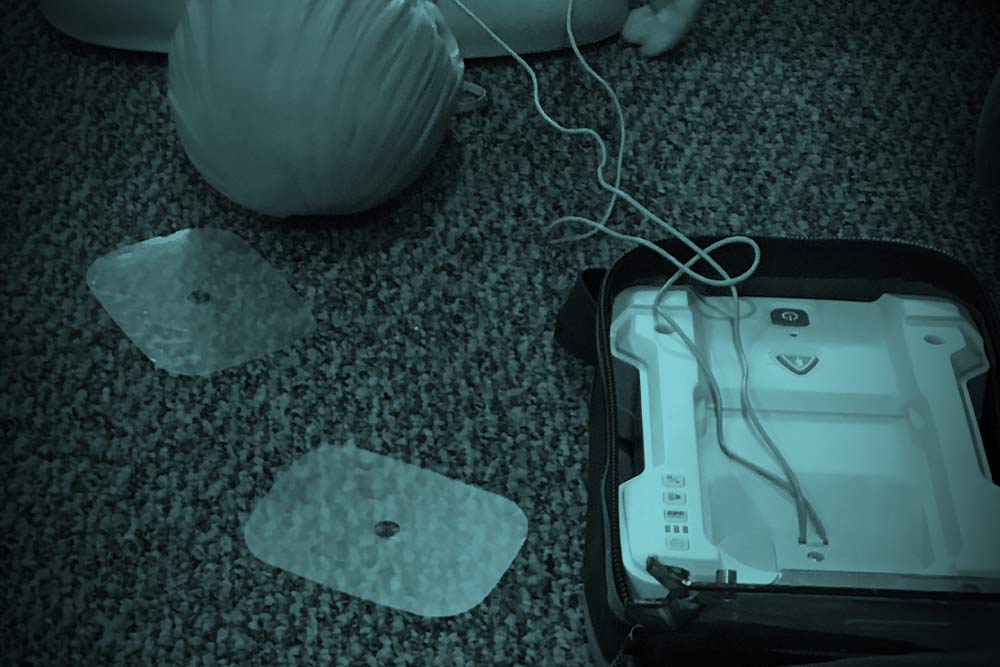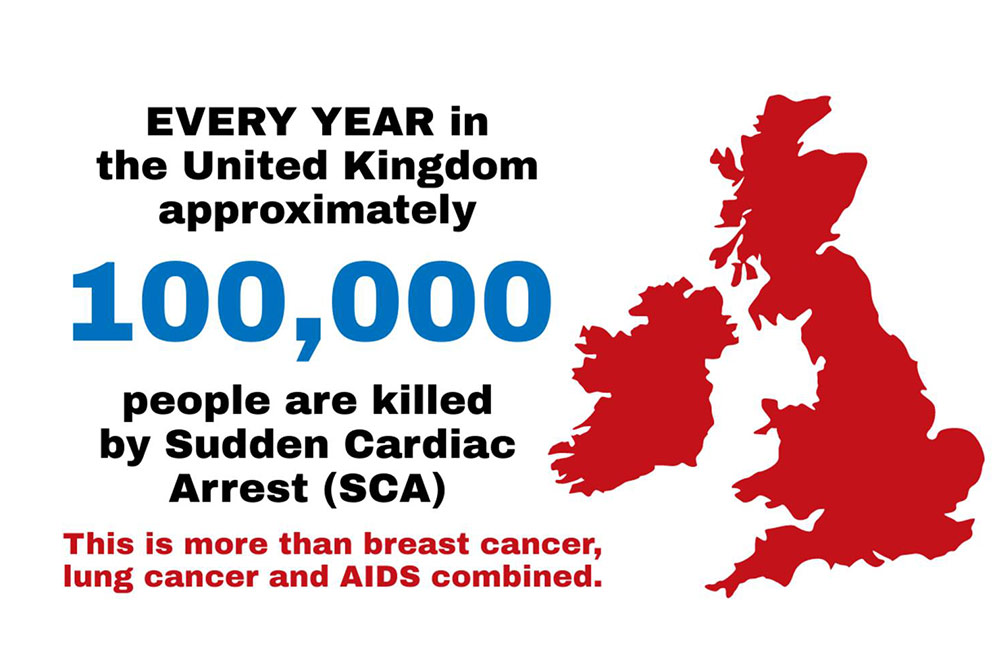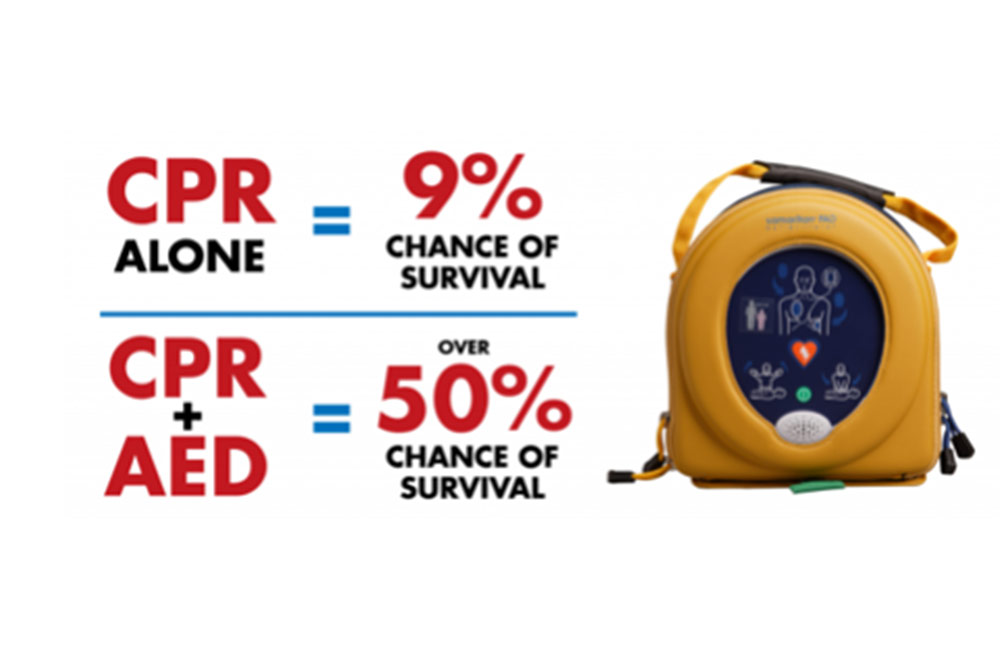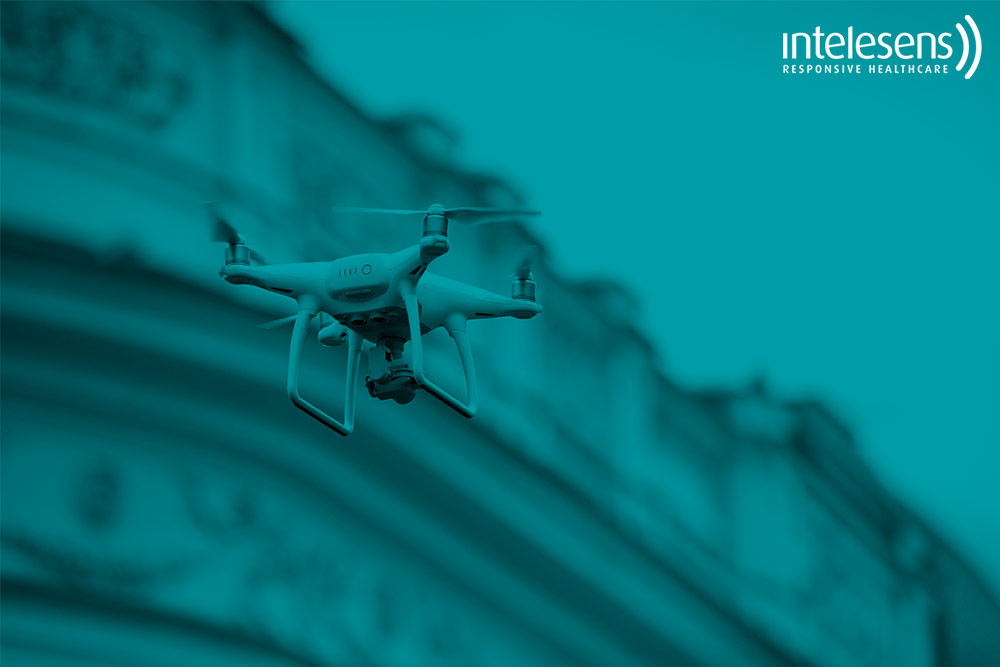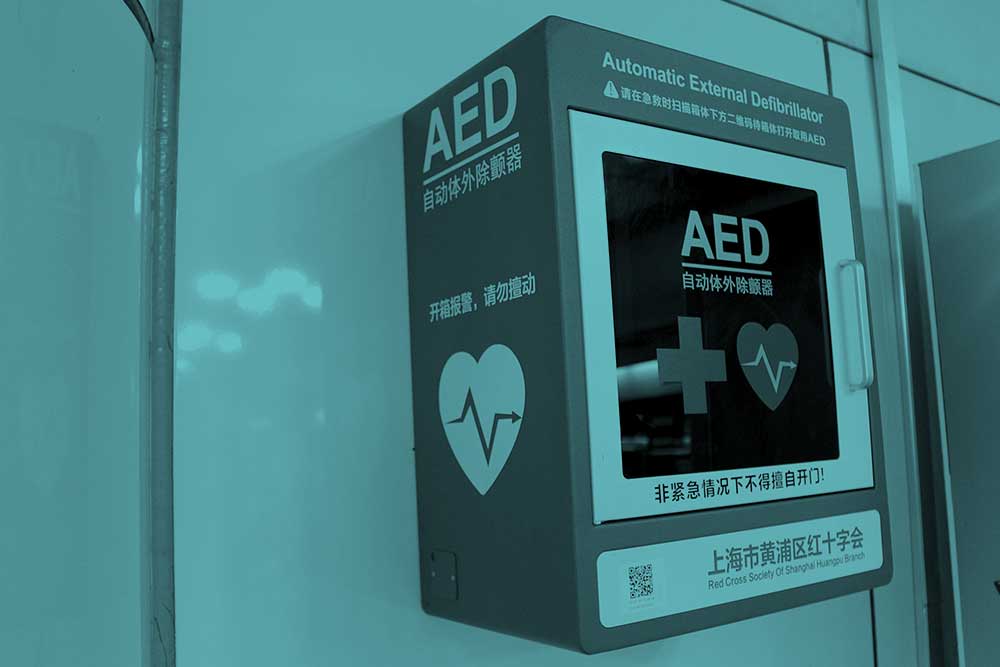Medical staff rushed across the pitch with a defibrillator after being alerted by the referee and two Tottenham players and the game was stopped for a total of 24 minutes. Tottenham’s Eric Dier alerts a medic about someone in the crowd with a possible medical problem during an English Premier League soccer match between Newcastle and Tottenham Hotspur at St. James’ Park in Newcastle, England, Sunday Oct. 17, 2021. The Newcastle fan who required medical treatment during Sunday’s Premier League match against Tottenham is now “stable and responsive”, the club has said. “The club would like to thank fans for their swift actions in raising the alarm and praise those who provided immediate chest compressions, as well as thanking the on-site medical professionals who swiftly administered emergency treatment using a defibrillator located close to the incident.”


